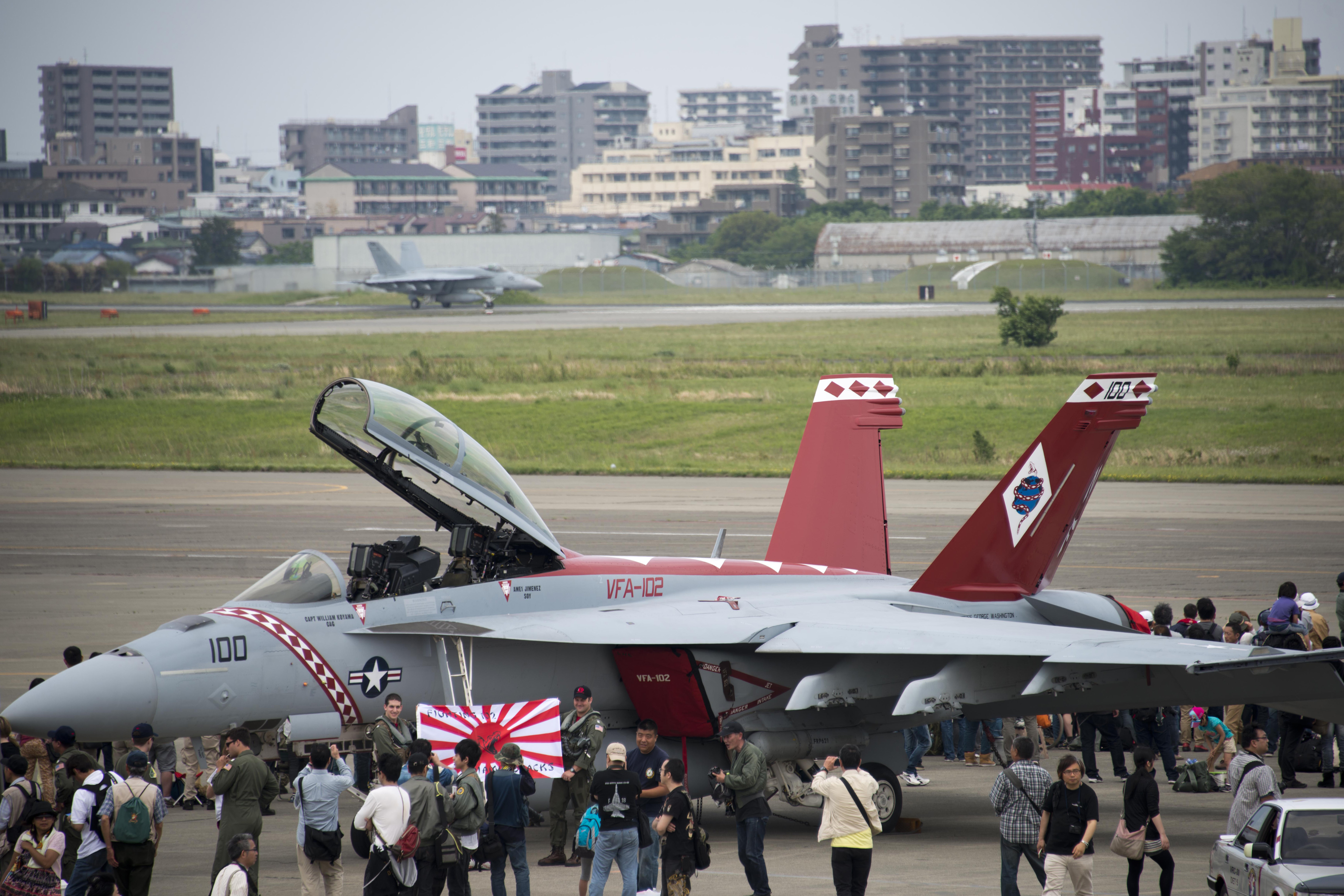Manga, Japan’s infamous cartoon characters, are now being employed as something new: military weapons. The display of charming, young comic heroines plastered on war planes may seem like an innocent public art project or advertising campaign, but it is actually an indication of a deep militaristic ethos. At a time of changing power dynamics and instability in the East Asian region, Japan’s Self-Defense Forces (JSDF), essentially the country’s army in everything but name, has launched a massive public relations campaign as it takes steps towards a more aggressive and proactive role in regional politics. However, the campaign looks drastically different from the hyper-aggressive and hyper-masculine Hollywood blockbusters of the United States that typically advance a pro-war agenda. Rather than producing action thrillers such as Zero Dark Thirty, Japan’s Self-Defense Forces have instead been painting female caricatures on tactical helicopters and releasing cartoons and manga that depict a diminutive, temperate, and “cute” military.
This public relations campaign is in direct opposition to Prime Minister Shinzo Abe and the JSDF’s recent militarism. After WWII, Japan was prohibited from having a standing army or waging war, marking the beginning of 70 years of postwar pacifism. This peaceful era of Japan’s history, however, is quickly approaching an end. Japan’s national security stance is rapidly shifting to a new, more aggressive military strategy in response to China’s consolidation of power. East Asia’s geo-political strife has elicited immense tension as China scrambles for regional hegemony, culminating in the deployment of armed coast guard ships and disputed claims over uninhabited islands in the East China Sea. In response to Beijing’s threats, Tokyo and the Japanese Self-Defense Forces have become increasingly hostile, ignoring their constitutional mandate.
In an effort to justify Japanese resistance to Chinese belligerence, Prime Minister Shinzo Abe passed a bill last September that reinterprets Article Nine of Japan’s Constitution to allow for “collective self-defense,” validating Japanese engagement in overseas combat to protect allies. This legal reform has reshaped Japan’s foreign policy and given rise to a more aggressive JSDF, whose role has been expanded beyond its namesake to a more robust conception of protection and defense. In what has devolved into a volatile quarrel between Japan and China over territory in the South and East China Seas, JSDF’s latest development came on February 1, when Japan deployed 20 F-15 fighter jets to Naha Air Base, doubling the size of its fleet in Okinawa. The unit marks the first time Japan has controlled a new air wing in almost 50 years.
However, these actions to develop a more proactive military agenda have been met with much alarm and dissension by the Japanese citizenry, which is largely unsupportive of Japan’s ostensive policy of “new Realism.” Prime Minister Shinzo Abe has been criticized for his emphasis on geopolitical power and security as driving the country into increased military engagement in the East China Sea. In September, tens of thousands gathered outside Japan’s parliament in the rain, in a civic demonstration of the largest scale seen in the last 50 years, to protest the authorization of overseas combat missions the night of the vote, dating back to the Vietnam War era. Public opinion polls have shown that the position of the Japanese people has been consistently pacifist, opposing the use of force other than for defensive purposes and lacking trust in the military to operate offensively for the national interest.
In order to prevent further backlash and protests, the JSDF has had to endear itself to the Japanese public as a nonthreatening force, resulting in a Japanese military-entertainment complex that produces art radically different from Hollywood war and action blockbusters. Instead of massive guns and tanks, the cultural strategy of the JSDF relies on cartoon series and manga, employing a strategy of “cuteness” to emasculate the military and in turn engender public support and help boost recruitment. The manga series Gate, which was produced in coordination with the JSDF, casts young, adorable, and nonviolent heroines as the main characters who defend the nation with the use of technology. The cover art of the series does not feature any military equipment, instead opting for smiling, doe-eyed young girls.
The juxtaposition of such juvenile iconography with the military, however unsettling to a Western audience, is an attempt by the JSDF to appeal to a familiar Japanese “cult of cute” and consequently normalize the country’s changing security strategy. While the number of fighter jets increases, the images of anime characters emblazoned on the jets depict the military as the same weak, harmless, and temperate force it was before, existing primarily for show rather than for use. By casting themselves as cute and cuddly, the JSDF uses the art of manga and anime to push the public to re-examine its existing perceptions of the military and war as dangerous and aggressive, thus engaging in a form of revisionism. The public relations campaign of the Self-Defense Forces promulgates the military as an integral, cultural part of society that is friendly, nonthreatening, and necessary.
Japan has long struggled with its history of militaristic violence and aggression in World War II, with its history books downplaying the countless atrocities and war crimes it committed in China, South Korea, and other areas in Asia. While the revisionism of the JSDF may be nothing new, the marketing method is. The actions of the JSDF today, by way of the “cult of cute,” attempt to not only ameliorate public dissent against militarism, but also reconcile the horror and carnage of past aggression with the future need for defense, setting up the stage for possible military engagement in the East China Sea. But although public relations campaigns can be effective at changing public opinion about the danger of Japanese militarism, they can do nothing about the reality of the peril that lies ahead if both Beijing and Tokyo become increasingly belligerent.
